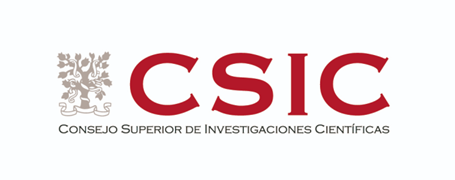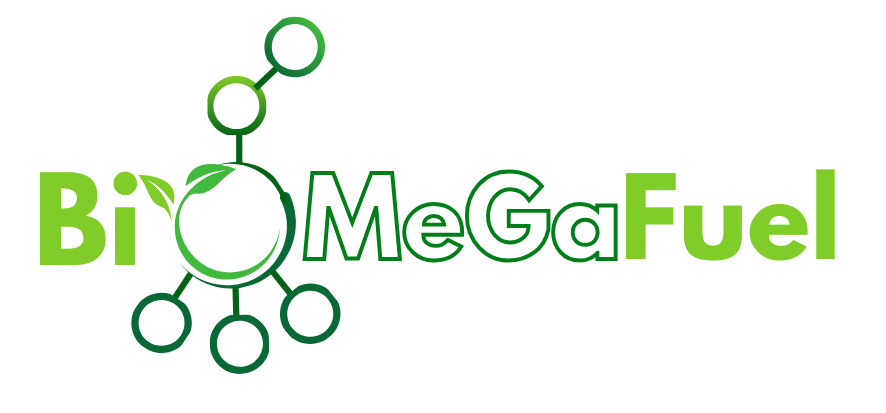CSIC

Agencia Estatal Consejo Superior de Investigaciones Científicas (CSIC) or Spanish National Research Council (in English) is the largest public research institution in Spain, with more than 120 multidisciplinary Research Centers distributed throughout Spain, and more than 4500 scientific staff. CSIC covers all fields of knowledge, from basic research to technological development within the core areas of Society, Life and Matter. Its mission is to promote, coordinate, develop and disseminate scientific and technological research, in order to contribute to the advancement of knowledge and to economic, social and cultural development, as well as to train personnel and advise public and private entities in these matters.
Instituto de Carboquímica (ICB-CSIC) is a research center that develops its scientific activity in the area of Chemical Science and Technology at CSIC. The “Combustion and Gasification” research group at ICB-CSIC is composed by about 20 scientific researchers including staff, students and technicians.
The research is oriented towards the development of advanced, non-polluting processes for the generation of heat/power or syngas using renewable fuels (biomass, organic waste, etc.) or other waste (plastics, etc.) as raw material. The processes investigated are combustion and gasification in bubbling and circulating fluidized beds. The group has long experience in the development of new CO2 capture technologies based on Chemical Looping technology to reduce greenhouse gas emissions (CLC, CLOU) and achieve negative CO2 emissions, the production of H2 without CO2 emissions (CLR), or the production of high purity syngas (CLG) to obtain liquid biofuels.
ROLE in Bio-MeGaFuel
CSIC is mainly involved in WP 2 dedicated to the development of the Chemical Looping Gasification process. CSIC will lead three tasks:
– Task 2.4. To demonstrate the suitability of different biogenic feedstocks (at least 5, one of them microalgae) to determine the operating window for each of them in order to minimize the risk of operational issues at larger scale.
– Task 2.6. To determine the kinetic parameters for selected feedstocks for use in theoretical models.
– Task 2.8. The development of a 1.5 model for the CLG process, that together with the gasification kinetic previously determined in Task 2.6 and after validation with the results obtained in the 1 MW CLG unit, will be used to optimize the design of this type of CLG units.
